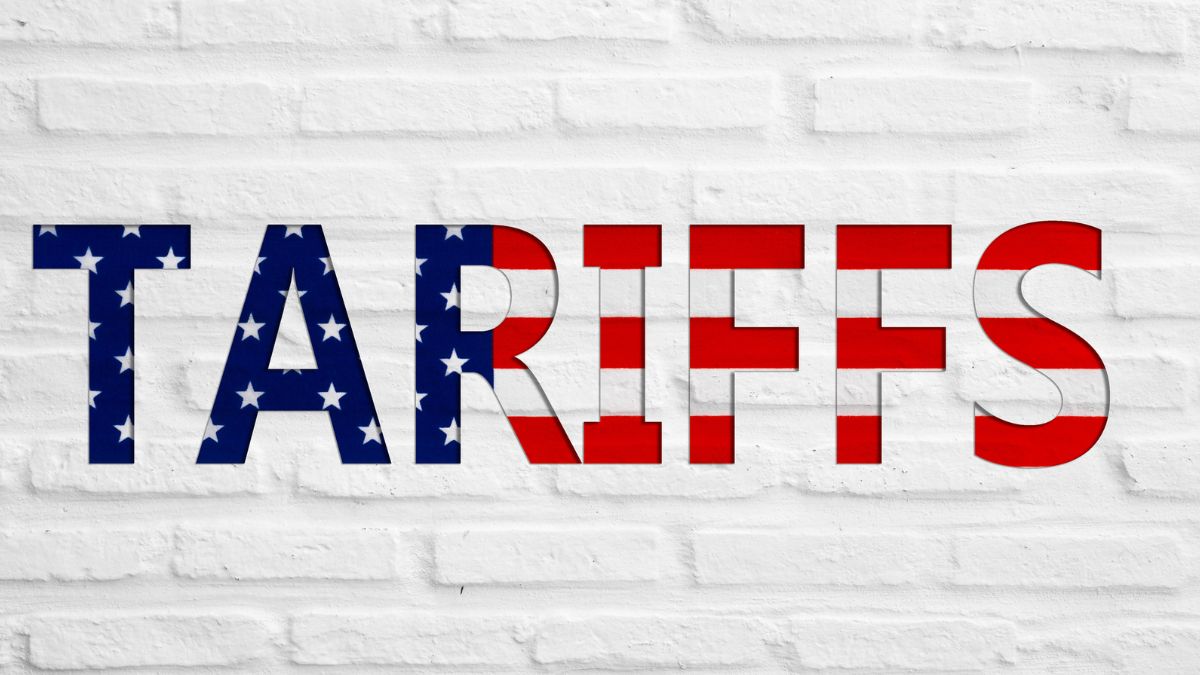To many experts, the US economy has been puzzling this year. On one side, GDP growth has slowed sharply, with some even suggesting the country is already in a recession. On the other side, job growth has remained unusually strong.While GDP dropped by 1.1% annually in the first half of 2022, the economy added 2.3 million jobs during the same time, more than any six-month period in the 20 years before the pandemic.
This tight job market and the fast wage growth it has caused are making inflation stick around. The Consumer Price Index, which tracks the cost of goods and services, rose 8.3% in August compared to a year earlier. Although this is below June’s 40-year high of 9.1%. It remains uncomfortably high.Tackling the Federal Reserve is likely to push the economy into a recession in 2023, which would slow down job growth.
Why Is Job Growth So Strong?
Economic Resilience: The economy is performing better than expected. For example, the Atlanta Fed’s GDPNow forecast estimated 2.3% growth in the third quarter of 2022. While the growth is slower than last year, it still suggests we are not in a recession yet. When demand for goods and services increases, so does the need for workers.
Low Layoffs: Despite the slowing economy and fears of recession, layoffs remain rare. Weekly claims for unemployment benefits were just 219,000 as of October 1—slightly up but still near historic lows. After facing severe worker shortages, many employers are hesitant to cut staff, fearing they’ll struggle to rehire when business picks up again.
Pandemic Recovery: Some industries are still recovering from pandemic related losses. Businesses like trade shows, car rentals, nursing homes, and child care are growing quickly but are still below pre-pandemic employment levels.
New Demand Trends: Other industries are thriving due to lasting changes in demand. Sectors like data processing, mental health services, semiconductor manufacturing, and medical equipment production are growing faster than before the pandemic, driven by shifts in consumer needs.
Tech Investments: During the pandemic, companies heavily invested in software and R&D, which created many high-paying STEM jobs. These well-paid workers have supported the broader economy by spending on goods and services and boosting job creation.
What’s Next?
These factors will keep driving job growth for now, although at a slower pace. Surveys like the ManpowerGroup’s Employment Outlook show businesses still plan to hire in the final months of 2022 even if at slightly reduced levels.
However, 2023 is likely to be different. Many industries still recovering from the pandemic will soon reach pre-pandemic employment levels, slowing their hiring. While this won’t lead to negative job growth on its own, the Federal Reserve’s monetary policy will.
The Fed’s Tough Choice
To cool the job market, either worker demand must drop or the labour supply must increase. Boosting the labour supply requires government actions like raising immigration or funding job training programs—unlikely in today’s politically divided climate. This leaves the Federal Reserve with one option: keep raising interest rates to trigger a recession. Expect this to unfold in 2023.




